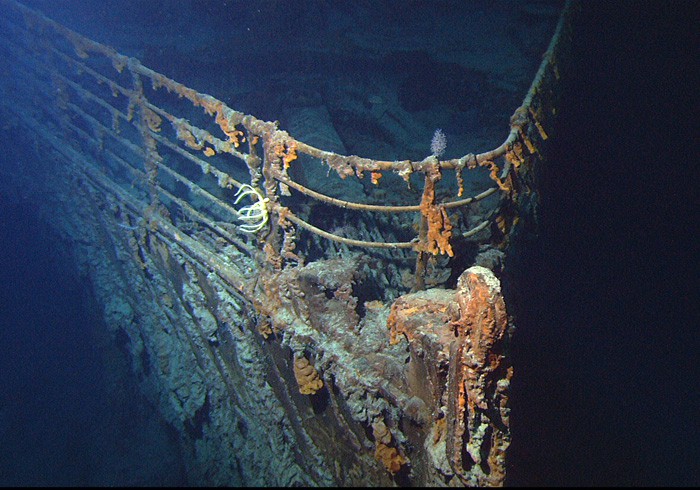While there have been many shipwrecks in history, the majority of them didn’t cause more than ripples in the world; however, there are a few that had a much more significant impact. These shipwrecks changed the course of history in a variety of different ways.
R.M.S. Titanic
The R.M.S. Titanic was the largest and most luxurious ocean liner ever built when it set sail on April 10, 1912, from Southampton. The ship held 2,227 passengers and crew. The first-class passengers, including many of the wealthiest people in the world, sailed in quarters fit for royalty. Immigrants took third-class accommodations well below the ship’s decks in steerage.

The Titanic carried only 20 lifeboats; space for half the 2,200 passengers she could carry. The White Star Line, which had built the Titanic, believed that the ship was unsinkable. The lifeboats on the Titanic were, according to the builders, present to rescue passengers from other ships that had encountered trouble.
While the first four days at sea were unremarkable, at 11:40 PM on the fourth night, April 14, 1912, the Titanic struck an iceberg. There were not enough lifeboats, and while each passenger was issued a life jacket, the water temperatures were freezing. Over the next two hours and 40 minutes, the Titanic sank. When the Carpathia arrived to rescue the survivors in the morning, there were only 705 people left alive. The remaining 1522 passengers and crew had perished as the ship sank or in the hours after.
An investigation following the sinking showed that there were inadequate lifeboats, and that the crew lacked the necessary training for the lifeboats. Many of the lifeboats were placed into the water only partially filled, adding to the death toll.
Among the dead were John Jacob Astor IV, a German-American millionaire, Benjamin Guggenheim, heir to a mining empire, Isidor Straus, the co-owner of Macy’s Department store, and Thomas Andrews, the engineer who had overseen the building of the Titanic. These men, and a number of others who died on the Titanic played a key role in international business of the time, but were also, in some cases, a testament to their own love stories. Astor said goodbye to his wife and placed her in a lifeboat, while Straus’ wife refused to leave his side, and the two were last seen side-by-side in deck chairs. Andrews chose to stay on board, sinking with the ship he had built. In addition, eight of the ship’s musicians stayed, playing as the ship sank.

